

Andrew Maclean
2025 Mahindra XUV 3X0 vs Chery Tiggo 4: Spec battle
24 Days Ago

News Editor
The second-generation Toyota C-HR is scheduled to be revealed on June 26, but it has broken cover early.
Leaked images shared on Coche Spias shows the production model, due in Australia in the first half of 2024, closely resembles last year’s European-designed C-HR Prologue concept.
The interior of the concept wasn’t revealed, but we can see the 2024 C-HR – pictured in sporty GR Sport trim – has a large, tablet-style infotainment touchscreen, an expansive digital instrument cluster, and a centre stack angled subtly towards the driver.
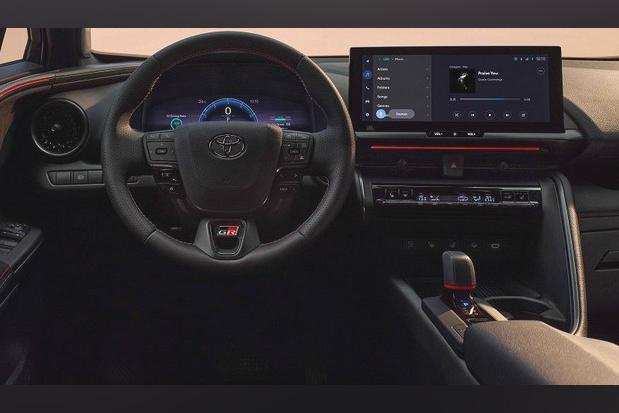
The layout is straightforward, but there’s some flair: there are red strips of what appears to be ambient lighting; round air vents on either side of the dashboard; and a red accent on the conventional transmission shifter.
Overall, the interior appears more sporty and driver-focused than the similarly sized Corolla Cross’ cabin.
The exterior is scarcely different from that of the Prologue concept.

We can see the ‘hidden’ rear door handles of the outgoing model have been dropped in favour of flush units lower on the door, while Toyota has also integrated a previously teased, illuminated Toyota C-HR wordmark between the tail lights.
There are different wheels and subtle differences to the bumpers, while the tail lights appear to lose their ‘blade’ that rises up to the C-pillar.
There’s a familial resemblance with the latest Prius, and the new C-HR will assume the mantle of Toyota Australia’s exclusively hybrid-only product.
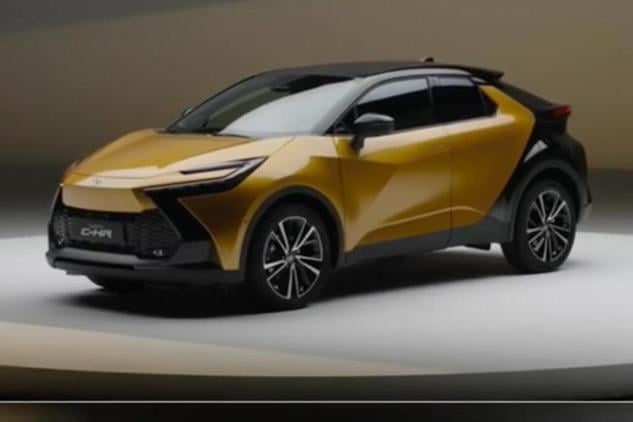
However, we’ll miss out on the plug-in hybrid option that will be offered overseas.
Toyota is aiming for 50 per cent of its sales locally to be of electrified vehicles – including EVs like the bZ4X – by 2025. Last year, Toyota sold 72,815 hybrids, accounting for 31.5 per cent of its overall sales.
It’s likely the C-HR will feature the same TNGA-C underpinnings and a similar powertrain line-up to the new Prius, ruled out for Australia, including both 103kW 1.8-litre and 144kW 2.0-litre hybrid options, and a 164kW 2.0-litre plug-in hybrid.
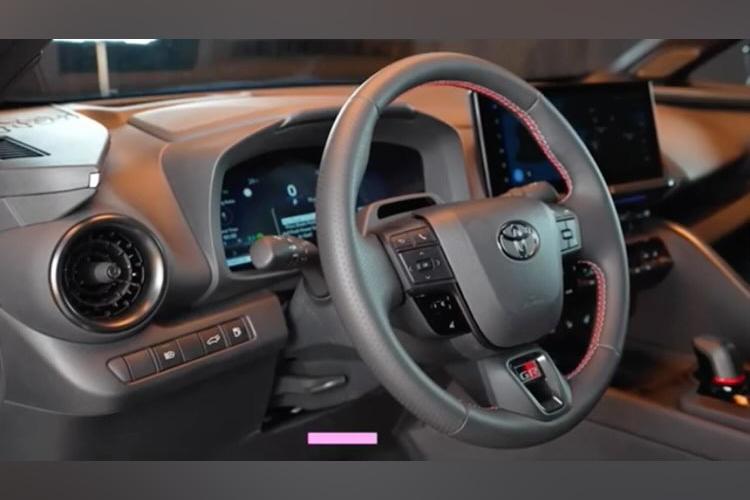
The new Prius PHEV features a 13.6kWh lithium-ion battery, and according to preliminary European specifications should be able to achieve up to 69 kilometres of zero-emissions driving.
The outgoing C-HR is manufactured in Japan, China and Turkey. Australian-spec models come from Japan, part of the reason we don’t get the more powerful 2.0-litre hybrid drivetrain available in Europe.
Currently, the C-HR’s pricing ranges from $31,715 for the base GXL 2WD 1.2L turbo petrol and climbs to $38,465 for the GR Sport and Koba 2WD Hybrids. All prices exclude on-road costs.
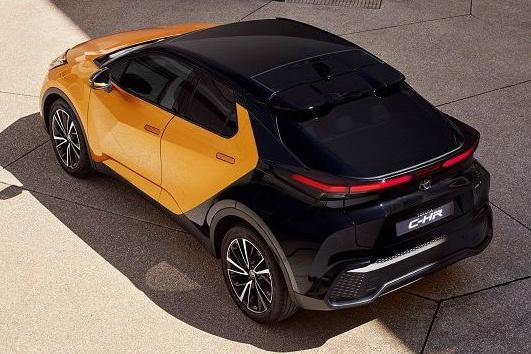
As a hybrid-only offering, expect to see a higher base price for the new C-HR range.
The original C-HR was revealed at the 2016 Geneva Motor Show, and launched in Australia as a petrol-only proposition early in 2017.
A hybrid option, available in other markets since launch, didn’t make it to Australia until the mid-life facelift arrived locally in December 2019.
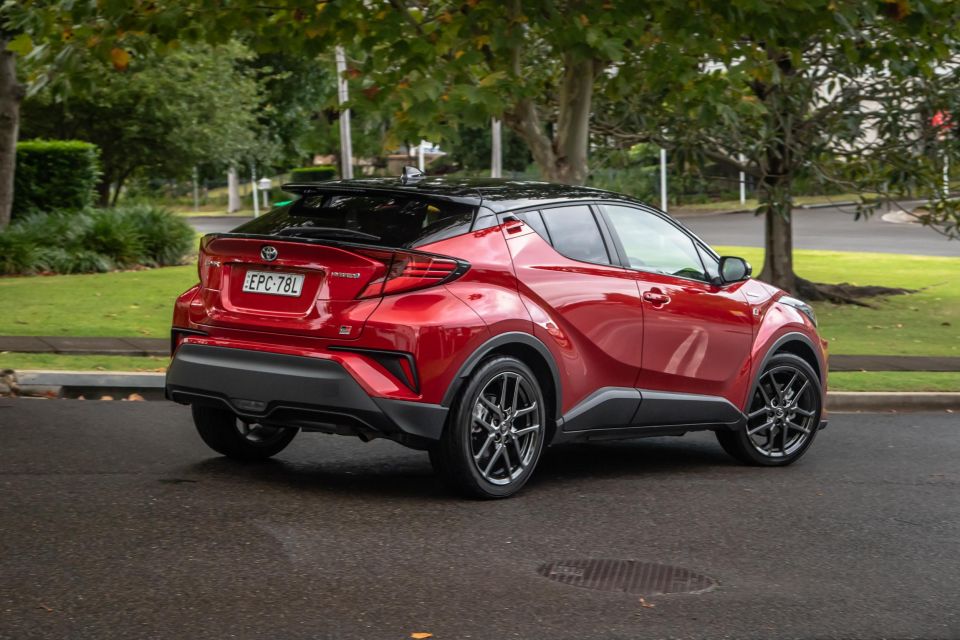
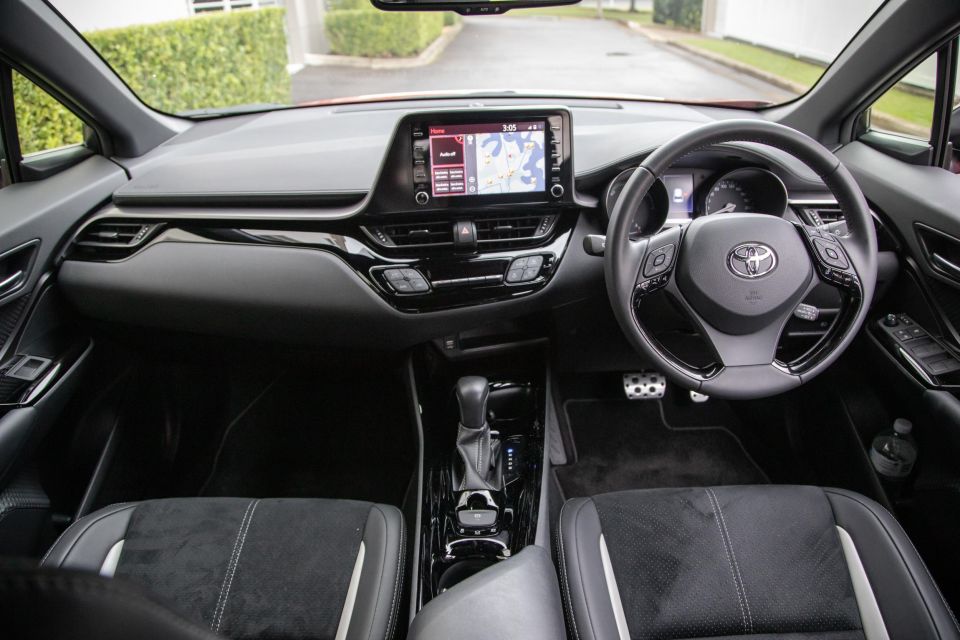
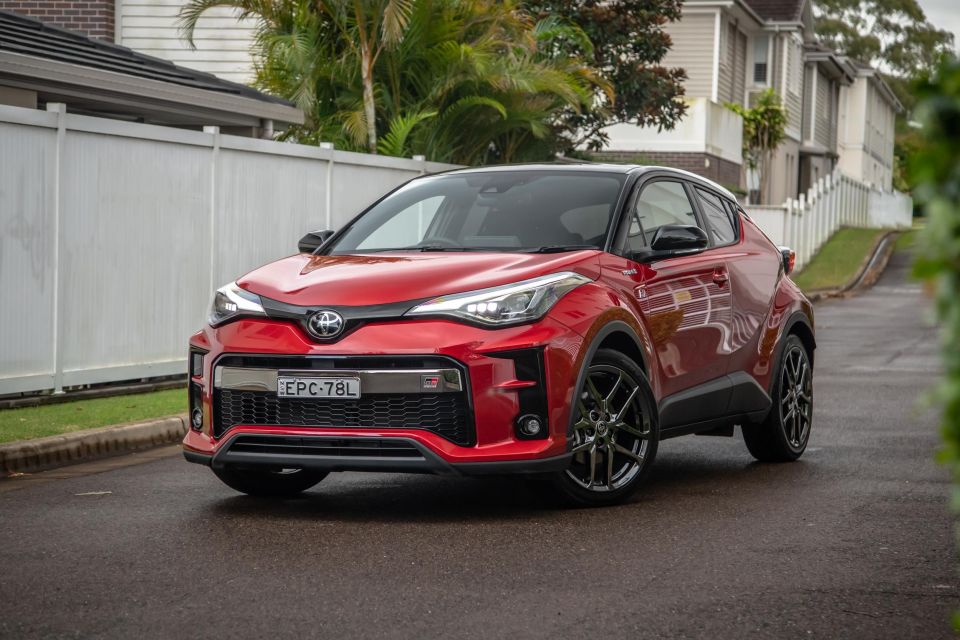
It remains a solid seller in Australia despite supply issues throughout its lifecycle, and in 2022 saw yearly growth of 21.3 per cent to 7977 registrations for the calendar year.
That put the C-HR ahead of the likes of the Honda HR-V (4717 units), Mitsubishi Eclipse Cross (5973 units), Suzuki Vitara (3114 units) and Volkswagen T-Roc (3627 units) in the mainstream Small SUV yearly sales race.
MORE: Everything Toyota C-HR
Where expert car reviews meet expert car buying – CarExpert gives you trusted advice, personalised service and real savings on your next new car.
William Stopford is an automotive journalist based in Brisbane, Australia. William is a Business/Journalism graduate from the Queensland University of Technology who loves to travel, briefly lived in the US, and has a particular interest in the American car industry.


Andrew Maclean
24 Days Ago


Josh Nevett
21 Days Ago
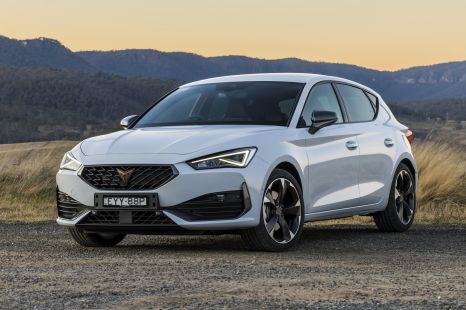

James Wong
15 Days Ago


Matt Campbell
14 Days Ago


William Stopford
12 Days Ago
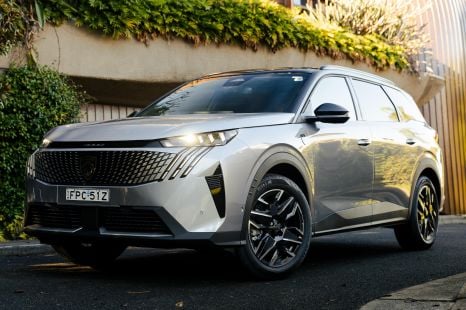

Anthony Crawford
9 Days Ago